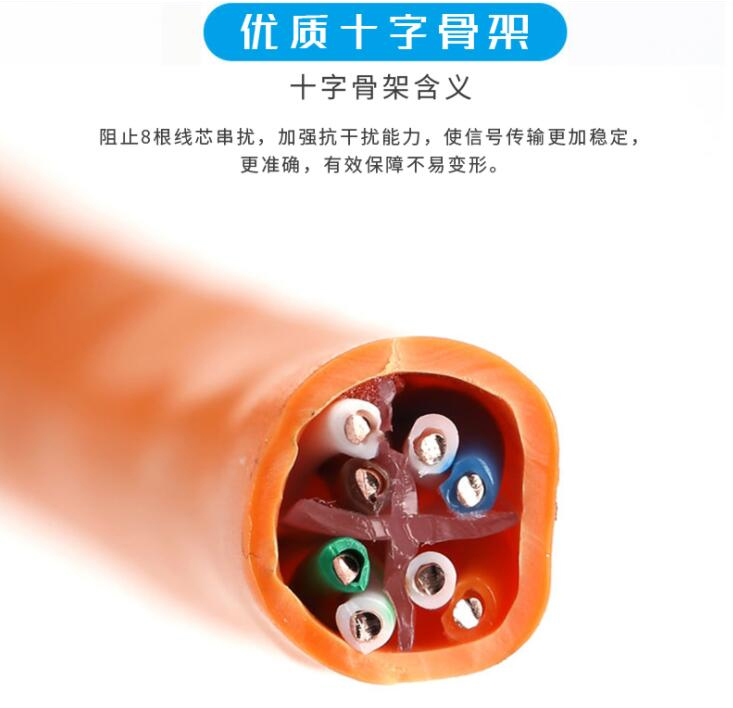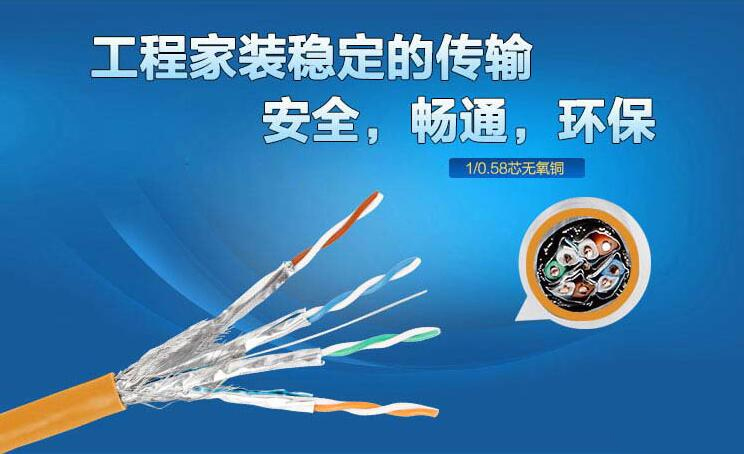The choice of cable cross-sectional area is not only related to the loss, quality and cable life of the circuit system, but also affects the investment of engineering projects. If the cross-sectional area of the cable is too small, the voltage quality will be degraded, the line will be excessively lost, and the investment cost will be increased invisibly. How to choose the right cross-sectional area cable? According to the overall equipment power planning, circuit load forecasting selection, theoretically, the suitable cross-sectional area of the cable is required at the maximum working voltage, cable core temperature requirements and voltage drop requirements, and the thermal stability requirements under the maximum short-circuit current. Standards compliant.

What is the relationship between the cross-sectional area of the cable and the current and voltage?
Considering that the work of load forecasting is difficult and the accuracy is low, the cable cross-sectional area selection is clearly defined in the “Technical Guidelines for Urban Medium and Low Voltage Distribution Network Transformation” and “Urban Power Network Planning Guidelines”.
In the case of a three-phase four-wire low-voltage power grid, in addition to considering the phase-line cross-sectional area, the zero-line cross-sectional area should also be considered. If the user group flow is too large in the public low-voltage network, the balance performance of the three-phase load will be affected. In order to improve the voltage quality and reduce the line loss, the zero line cross-sectional area should be equal to the phase line cross-sectional area.

The current is proportional to the cross-section of the conductor. When the cross-sectional area of the conductor is larger, the current can be increased. In addition, the relationship between the conductor current and the resistance of the conductor is inversely proportional. The larger the resistivity, the smaller the current can pass. Also related to the conductor material. How much current can be passed through the cable, which can be calculated according to the calculation formula: the current allowed to pass = (voltage * wire cross-sectional area) / (wire resistivity * wire length). After testing the operating current through the tester, the cross-sectional area of the wire can also be calculated using the formula.
The safe current-carrying capacity of the conductor is related to the material used. When using the copper conductor core, it is theoretically predicted that the cross-sectional area and current-carrying current of the current conductor follow the following rules: 6-7A/square below 10 square meters; 10 to 20 Square 4-5A/square; 20 to 50 square 3-4A/square; 50 square to 350 square 1-2A/square.